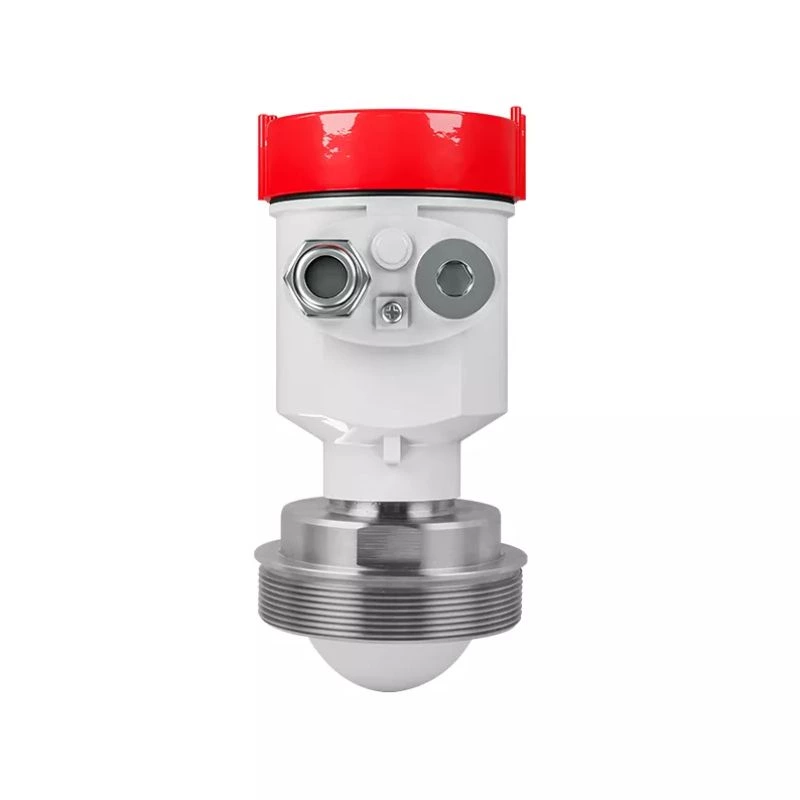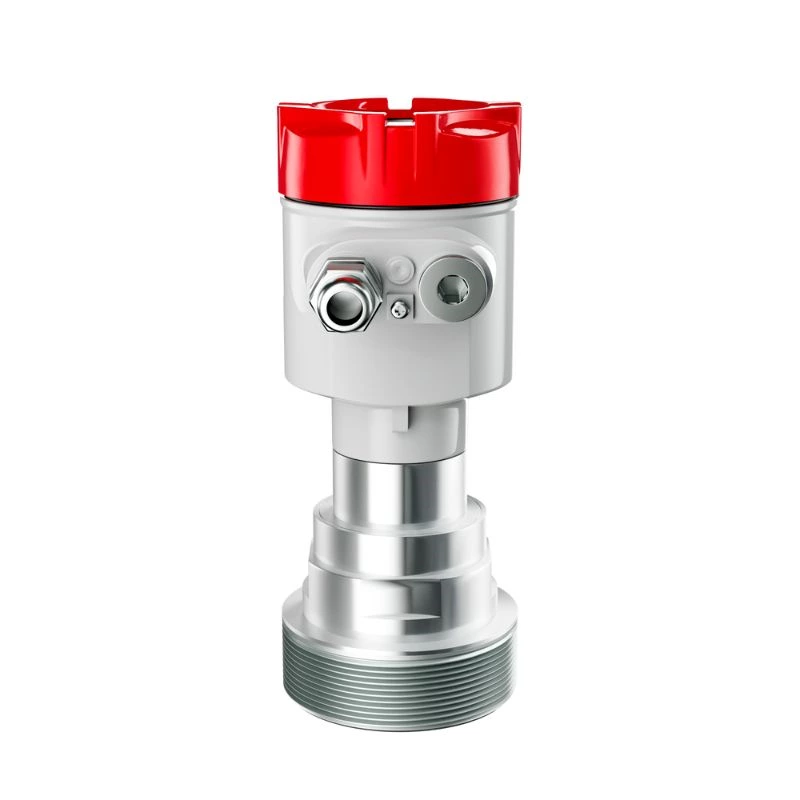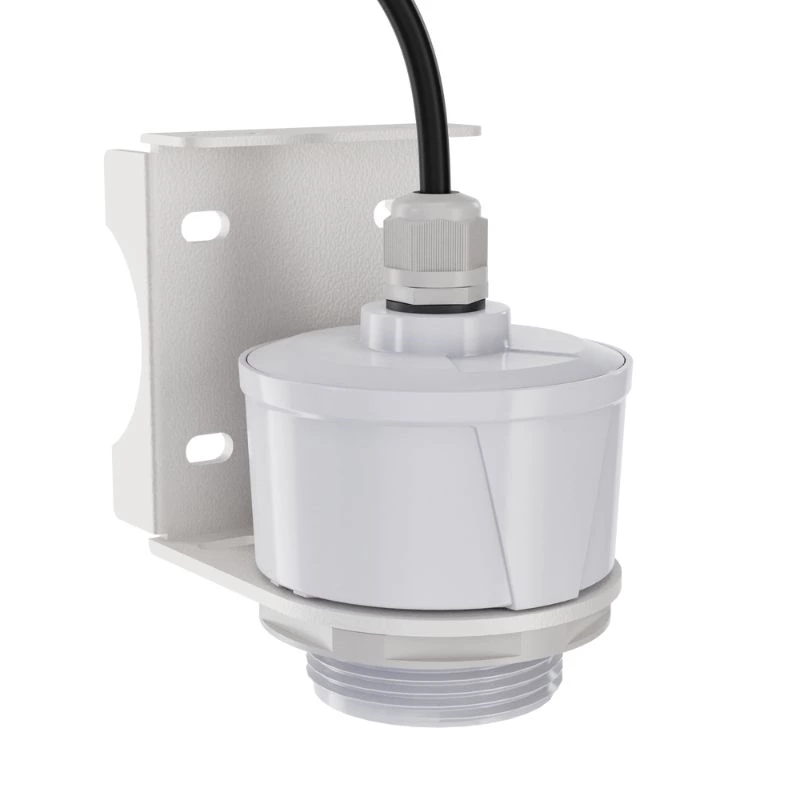Radar Level Meter Measuring Salt Silo: Comprehensive Guide
Introduction
When it comes to efficient and reliable level measurement, radar level meters stand out as the go-to technology. Whether it's for road de-icing, industrial processes, or water treatment, these meters ensure precise and continuous level monitoring. In this guide, we will delve into the key aspects of radar level meters, their applications, and how they contribute to enhancing safety and operational efficiency in the salt storage industry.
Radar Level Measuring Technology
Radar level meters utilize electromagnetic waves to measure the distance between the sensor and the material's surface inside the salt silo. The emitted radar signal reflects off the surface and returns to the sensor, providing accurate data on the level of salt stored. This non-contact measurement method makes radar level meters ideal for dusty or volatile environments, ensuring accurate readings without any physical contact with the material.
Key Features of Radar Level Meters for Salt Silos
Radar level meters designed for salt silos come with a range of features that make them indispensable tools for managing salt storage. Some key features include:
- Frequency Modulated Continuous Wave (FMCW) Technology: FMCW radar level meters continuously emit a modulated signal, allowing them to measure the distance to the material surface with high precision.
- High Accuracy and Reliability: These meters provide precise level measurements, even in challenging conditions, ensuring optimal inventory management and operational safety.
- Non-Contact Measurement: The non-intrusive nature of radar technology minimizes maintenance requirements and eliminates the risk of sensor contamination.
- Multiple Antenna Options: Radar level meters offer various antenna options to suit different silo sizes and materials, ensuring versatility and flexibility in application.
Benefits of Using Radar Level Meters in Salt Silos
Employing radar level meters in salt silos provides numerous benefits that contribute to better salt storage management and overall operational efficiency.
a) Enhanced Safety
Radar level meters help prevent overfilling and material spillage, minimizing the risk of accidents and ensuring a safer working environment for personnel.
b) Improved Inventory Management
Accurate and real-time level data enable efficient inventory management, ensuring timely restocking and preventing stockouts.
c) Cost-Effectiveness
By optimizing salt usage, radar level meters help reduce operational costs and minimize waste, leading to significant savings in the long run.
d) Remote Monitoring
Many radar level meters offer remote monitoring capabilities, allowing operators to access data from anywhere, enhancing convenience and control.
e) Easy Installation and Maintenance
The non-contact measurement principle simplifies installation and maintenance, reducing downtime and associated costs.
Applications of Radar Level Meters in Salt Silos
Radar level meters have become increasingly popular in the industrial sector, and one area where they have proven to be particularly useful is in salt silos. These silos are used to store salt, which is a critical component in many industrial processes, including water treatment, food production, and chemical manufacturing. In this blog post, we will explore the various applications of radar level meters in salt silos and how they can improve the efficiency and safety of these operations.
Firstly, let's take a closer look at what radar level meters are and how they work. A radar level meter is a device that uses electromagnetic waves to measure the level of a substance in a container. The waves are emitted from an antenna and bounce off the surface of the substance, returning to the antenna. The time it takes for the waves to return is used to calculate the distance between the antenna and the substance's surface, which is then converted to a level measurement.
Now, let's examine how radar level meters are used in salt silos. One of the primary applications is to monitor the salt level in real-time. This is essential because if the salt level drops too low, it can cause production delays or even shut down the entire process. With a radar level meter, operators can monitor the salt level continuously and receive alerts when it falls below a certain level. This enables them to take immediate action to replenish the salt supply, ensuring that production remains uninterrupted.
Another application of radar level meters in salt silos is to prevent overfilling. Overfilling can be dangerous as it can cause the silo to collapse or damage equipment. It can also result in costly clean-up operations and production downtime. With a radar level meter, operators can set a maximum fill level, and the device will automatically stop filling the silo once that level is reached. This prevents overfilling and ensures that the silo remains intact.
Radar level meters can also improve safety in salt silos. Traditional methods of measuring salt levels, such as using a dipstick or manual gauge, require workers to climb up to the top of the silo. This can be dangerous as it exposes them to falls and other hazards. With a radar level meter, workers can monitor the salt level from a safe distance, eliminating the need for them to climb up to the top of the silo.
In addition to improving safety, radar level meters can also reduce labor costs. Traditional methods of measuring salt levels require workers to manually check each silo, which can be time-consuming and labor-intensive. With a radar level meter, operators can monitor multiple silos simultaneously from a central location, reducing the need for manual labor.
Finally, radar level meters can improve accuracy in salt level measurements. Traditional methods of measuring salt levels are often prone to errors due to human factors such as misreading gauges or dipsticks. With a radar level meter, measurements are automated and highly accurate, reducing the likelihood of errors.
Radar level meters have numerous applications in salt silos that can improve efficiency, safety, and accuracy while reducing labor costs. As such, they are an essential tool for any industrial operation that relies on salt storage. If you're interested in learning more about how radar level meters can benefit your operation, contact Supmea today.
FAQs about Radar Level Meter Measuring Salt Silo
Q1: What is the measuring range of radar level meters for salt silos?
Radar level meters typically have a measuring range of up to several tens of meters, making them suitable for various silo sizes.
Q2: Can radar level meters handle dusty environments?
Yes, radar level meters are well-suited for dusty environments as the non-contact measurement prevents any interference from the surrounding conditions.
Q3: Do radar level meters require calibration?
While radar level meters are generally low-maintenance, periodic calibration ensures optimal performance and accuracy.
Q4: Are radar level meters affected by temperature fluctuations?
Radar level meters are designed to operate reliably in extreme temperatures, making them suitable for harsh environmental conditions.
Q5: Can radar level meters measure other materials besides salt?
Yes, radar level meters can measure various materials, including liquids, solids, and granules, making them versatile across different industries.
Q6: Do radar level meters offer data logging capabilities?
Many radar level meters provide data logging features, allowing users to analyze historical trends and optimize salt consumption.






